How to choose the perfect airgun pellets for your rifle
Having the perfect airgun pellets for your particular gun can make the difference between hit and miss. So how can…
Win CENS ProFlex DX5 earplugs worth £1,149 – enter here
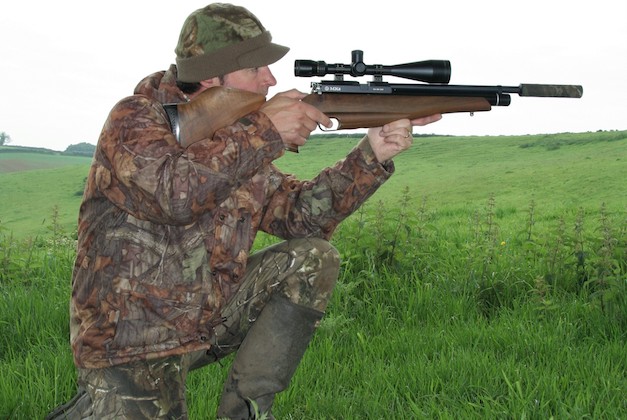 Remember to practise the stances that you’re likely to be using most on your shooting trips.
Remember to practise the stances that you’re likely to be using most on your shooting trips.
Most shooters want to be able to shoot more accurately and there are lots of things you can do to improve the precision of the average airgun. Serious geeks take it to the absolute extreme. While “dark arts” such as tuning a gun’s internals and washing and weighing pellets can make a difference, there are far simpler ways to boost the accuracy of your air rifle.
You won’t shoot accurately unless you are looking straight down your scope, and to achieve that you need a gun that fits you properly. Don’t base your choice of gun on the ones that are currently in fashion — try a few and go for the one that fits you best.
Wrestling with a gun that’s too big and heavy for you will only result in inaccurate shooting; small guns that make you feel hunched up and cramped are just as bad. Don’t be afraid of heavier guns if you can manage one, though. A bit of heft helps to absorb the kick from recoiling airguns and weightier guns are less likely to drift off aim as you touch off the trigger.
Many air rifles feature adjustable stocks, which are great for tweaking fit. When making adjustments, mount the gun with your eyes closed and nestle yourself in so it feels comfortable. Open your eyes and you should see what changes need to be made to achieve correct alignment. Do it with your eyes open from the start and it is likely that you will subconsciously adjust your hold rather than adopt the most comfortable shooting position.
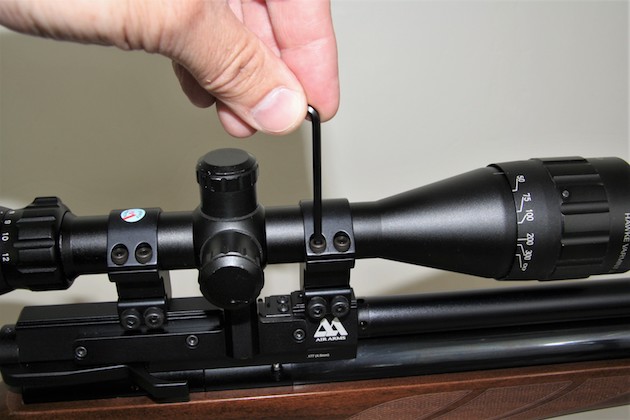
The telescopic sight on your airgun must be mounted securely, the right distance from your eye and with the vertical reticle dead upright.
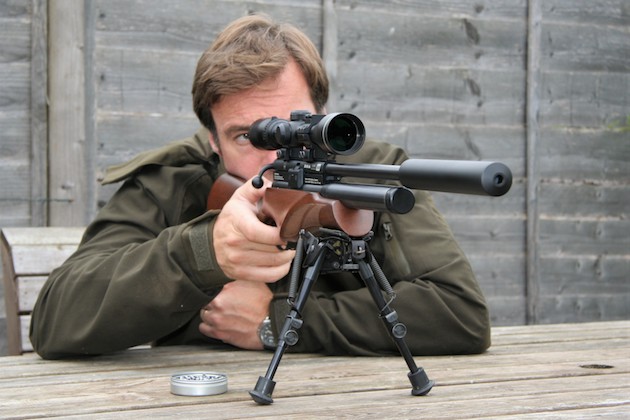
Practising on the garden range may feel like a chore at times but it will teach you a lot about your setup.
Having the perfect airgun pellets for your particular gun can make the difference between hit and miss. So how can…
How close do I need to be to kill a rabbit with a .22 air rifle?
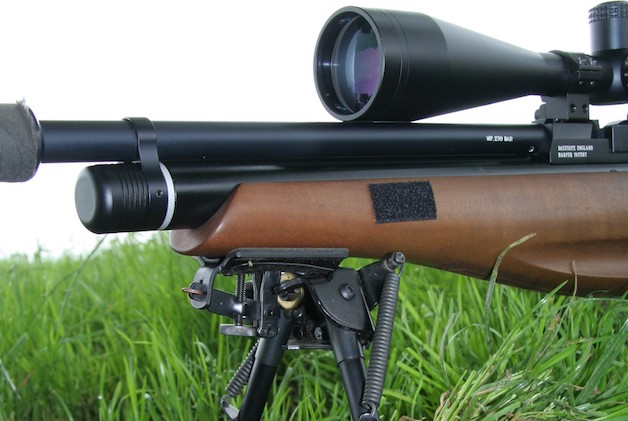
Fitting your air rifle with a bipod is a brilliant way to eliminate wobbles and improve long-range accuracy.
You may not be able to shoot from the support of a bench when you are out in the field, but there are other ways of eliminating unwanted wobbles. Sticks and bipods offer a portable and effective means of supporting your airgun and the difference they make to downrange accuracy is amazing, especially if you shoot a recoil-less precharged airgun.
You can’t beat getting down on your belly and supporting your gun on a bipod when it comes to long-range precision. The best bipods have height-adjustable legs and a lockable swivel top that allows the gun to roll to the right or left. The latter feature eliminates problems caused by cant on uneven ground and enables you to keep that vertical cross-hair absolutely upright.
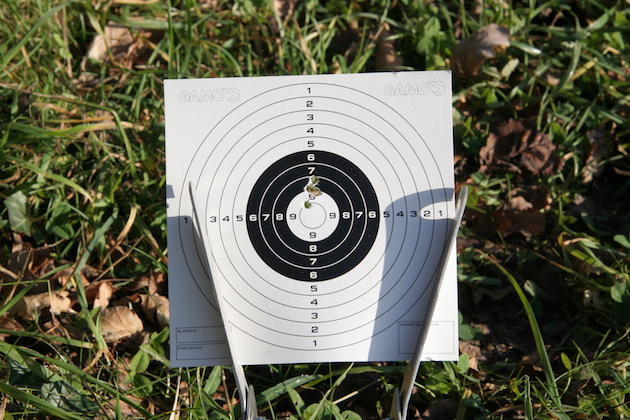
Paper targets reveal exactly where pellets are striking, enabling you to make the right adjustments to keep them on target.
It is not always practical to shoot from the prone position, and sticks offer a versatile means of support for standing, sitting and kneeling shots.
Of course, you don’t have to buy fancy kit to take advantage of supported shots. I often rest my gun on a backpack or rolled-up jacket when I’m shooting prone and don’t have a bipod to hand. Trees, gates and fences all make for useful supports when you need a stable rest for your gun.
It is a little different if you use a recoiling spring or gas-ram airgun because they tend to kick unpredictably when rested on solid surfaces. However, you can still use solid structures to support your hand, arm or shoulder, as long as you keep the gun clear and adopt your usual hold to ensure that the recoil is allowed to travel in the same way as usual.
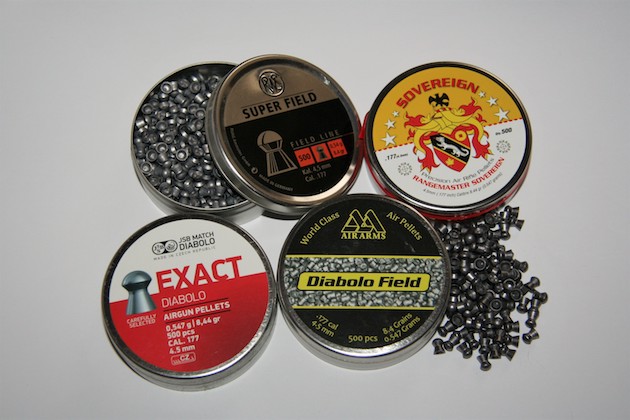
You need to use decent ammo that suits your barrel if you want to get the best from your airgun.
Get the latest news delivered direct to your door
Discover the ultimate companion for field sports enthusiasts with Shooting Times & Country Magazine, the UK’s leading weekly publication that has been at the forefront of shooting culture since 1882. Subscribers gain access to expert tips, comprehensive gear reviews, seasonal advice and a vibrant community of like-minded shooters.
Save on shop price when you subscribe with weekly issues featuring in-depth articles on gundog training, exclusive member offers and access to the digital back issue library. A Shooting Times & Country subscription is more than a magazine, don’t just read about the countryside; immerse yourself in its most authoritative and engaging publication.

